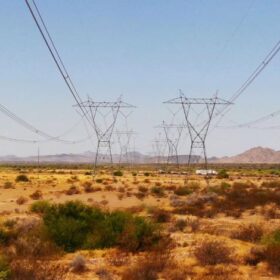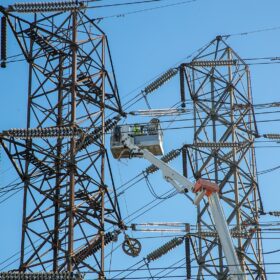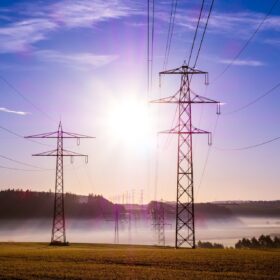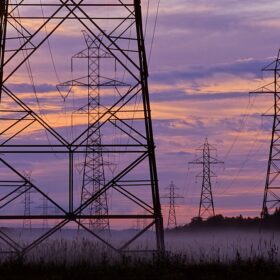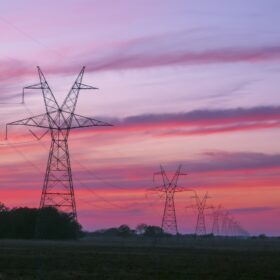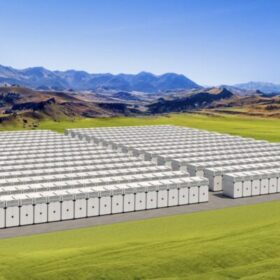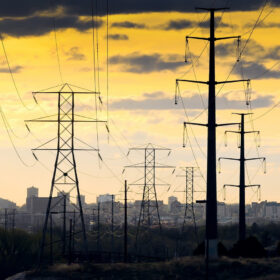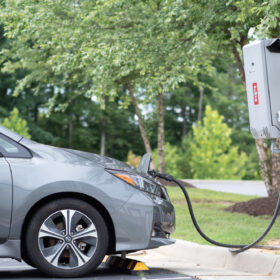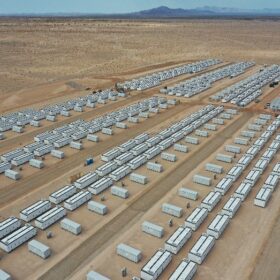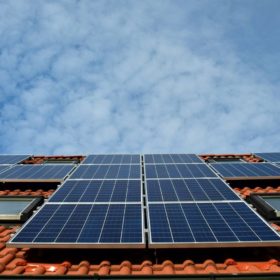Speeding interconnection through automation is a proven technology, says software executive
A major U.S. grid operator has shown that interconnection automation is feasible, but there is “much more to do,” said one software executive. Another said that eight transmission planners using his firm’s software can do the work of 80.
Google aims to boost transmission capacity with advanced conductor upgrades
Google aims to help deliver more power to areas where it has data centers, by funding projects that increase the capacity of existing transmission lines using advanced conductors made by CTC Global. Large solar projects near reconductored lines could benefit.
Flexible transmission allocation would allow Western solar projects to proceed
Enabling renewable projects in the Pacific Northwest to obtain flexible transmission rights could help states reduce electricity costs and meet renewables targets, suggests a report. The approach could also have utility in most of the West.
Grid operator SPP partners with Hitachi to speed interconnection studies
The partnership aims to reduce interconnection study times by 80%, to address SPP’s portion of a national bottleneck of 2,500 GW of solar, wind and storage projects awaiting interconnection.
States urged to promote advanced transmission technologies that can enable more solar
States have an opportunity to influence transmission providers to adopt advanced conductors and other technologies that increase transmission capacity, says a renewables trade group. Added transmission can enable more solar to connect to the grid.
A Boston hospital’s 572 kW battery is expected to pay for itself in 7 to 10 years
The battery system is expected to earn $80,000 per year by providing energy to the local utility during peak summer demand periods, while saving $57,000 per year by reducing the hospital’s own monthly and annual peak consumption.
Grid operator PJM enters collaboration to streamline interconnection applications
A consulting firm incubated by Google as a “Moonshot” project will collaborate with PJM to streamline the interconnection application process.
A call for better compensation for energy storage in wholesale markets
Improving compensation for energy storage can improve grid reliability and save customers money, says a clean power trade group.
The Southeast needs regional transmission for clean energy and savings, groups say
Better transmission planning in the Southeast can save billions, largely by enabling access to low-cost clean energy, says a Brattle report prepared for three business groups.
Firm recruits EV owners in Connecticut and California for vehicle-to-grid charging
Eight states are now pursuing bidirectional, vehicle-to-grid charging of electric vehicles, which can help balance renewable generation.
